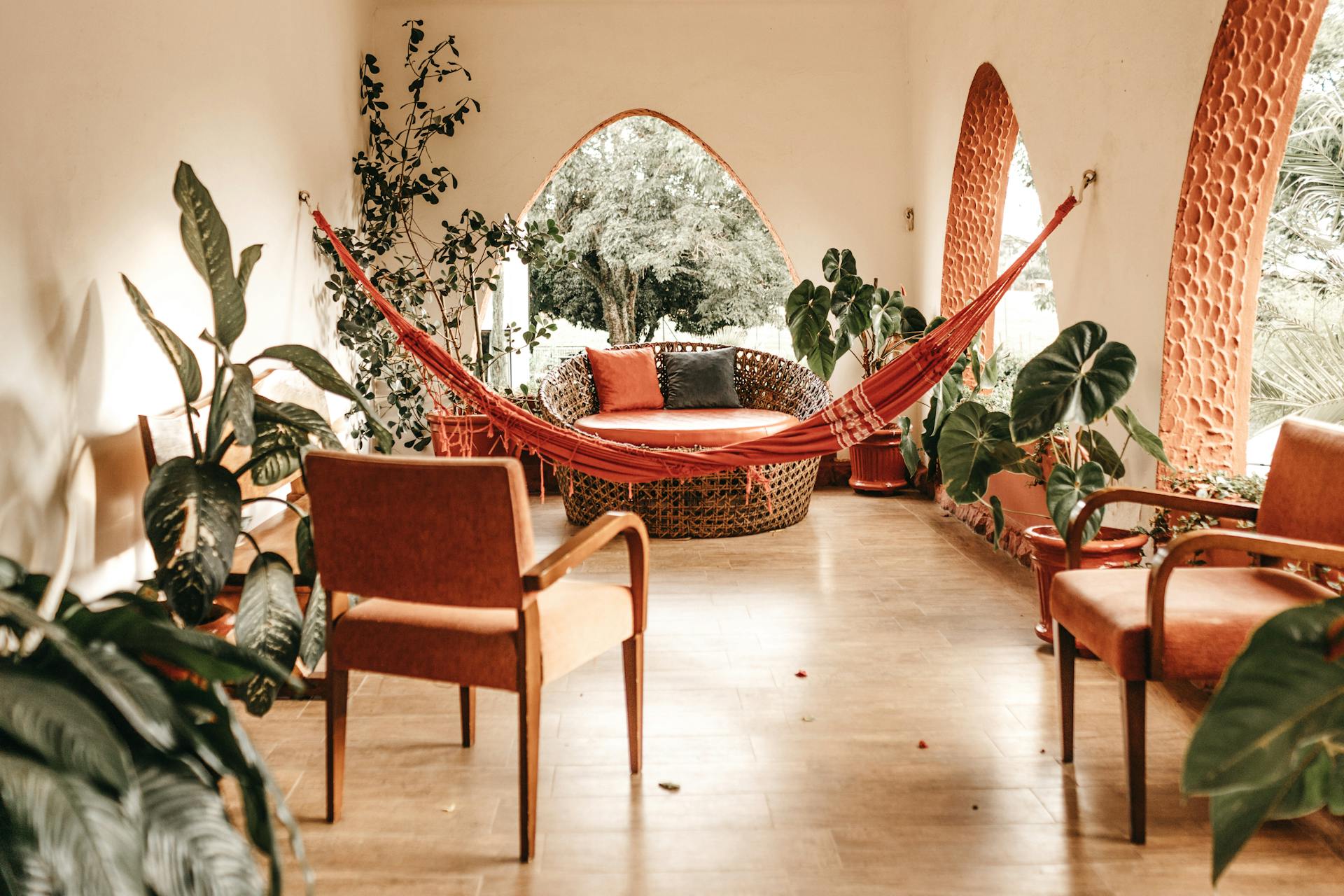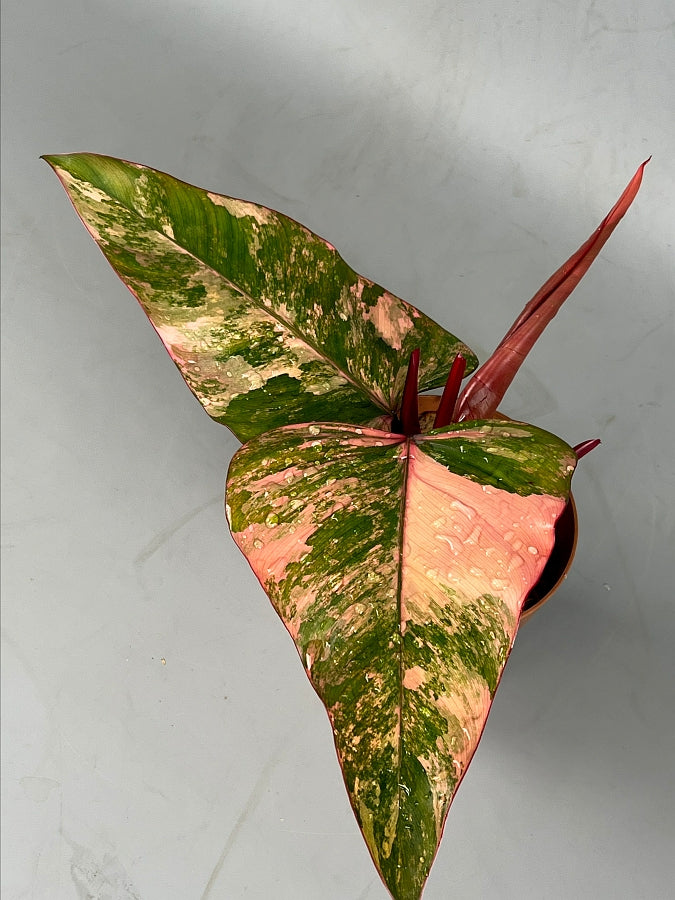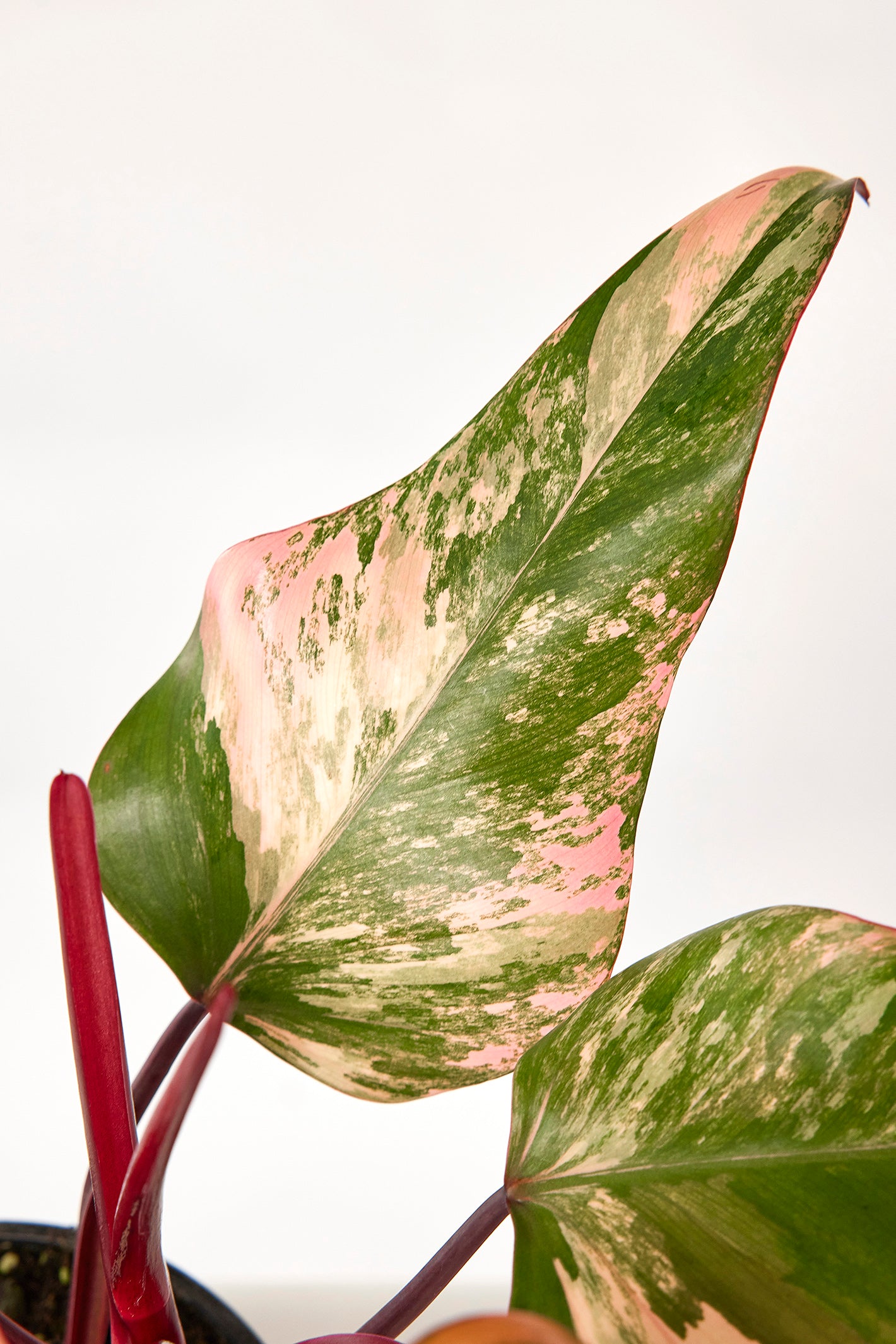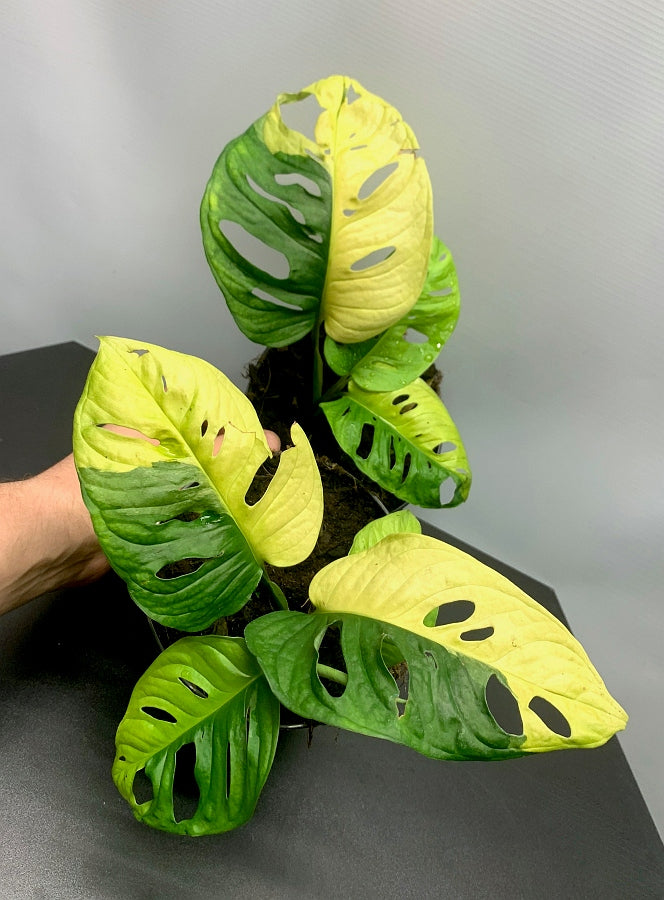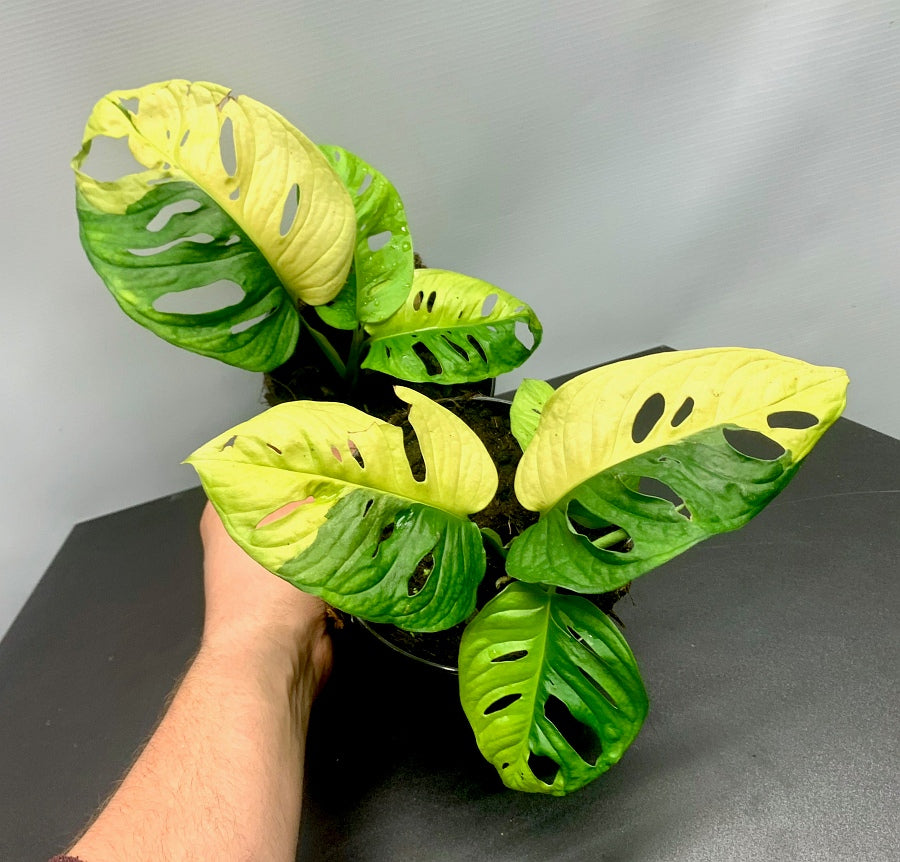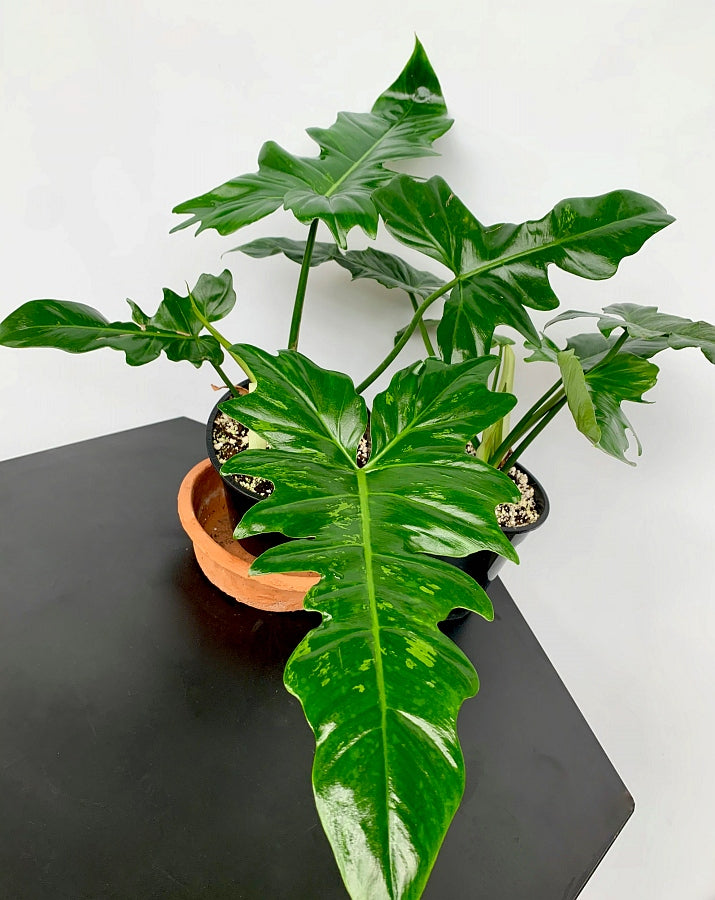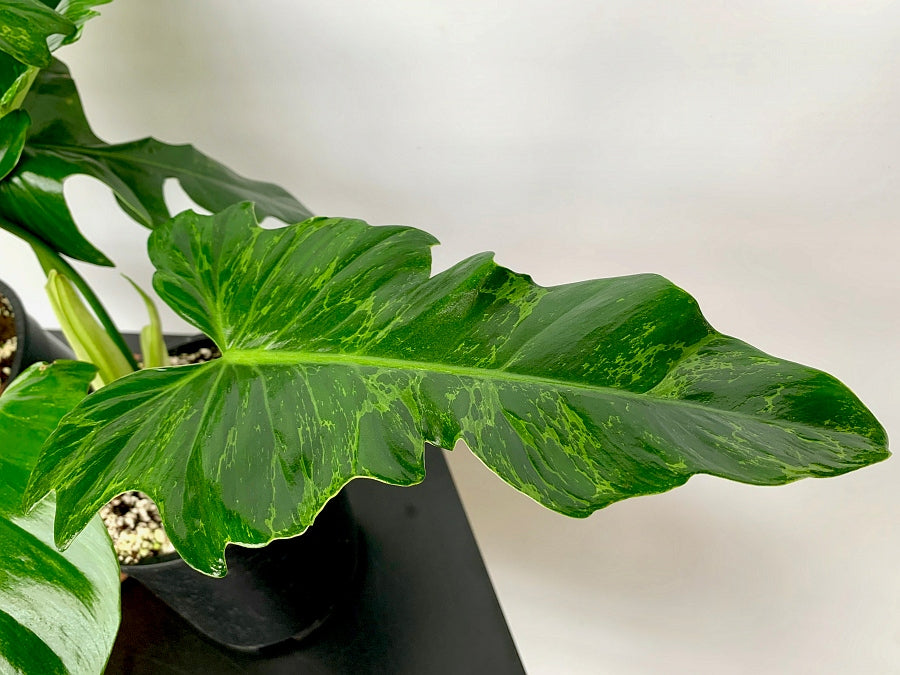Why can't houseplants stand outside?
Climate
By nature, many houseplants such as Monsteras and Philodendrons occur in rainforests with high temperature and humidity. This climate is quite stable throughout the year and our living room approximates this weather better than outdoors. Freezing or sometimes even temperatures below 15 degrees Celsius can already cause damage to tropical plants. This depends on how the plant grows and occurred naturally. So it is important to look up carefully what climate requirements your plant species has.
Light
Many tropical plants are on the ground of a dense rainforest or cloud forest. There, they have protection from trees and other plants from the bright sunlight close to the equator. Therefore, many orchids and houseplants cannot simply be put outside in the sun. They are susceptible to burning.
Water
Houseplants tend to be a bit pickier with watering. In the tropics, the climate is often so stable and controlled that heavy downpours are rare or non-existent. This is difficult to control in, say, the European climate. To make sure that nothing goes wrong with watering outside, you could place the plants under a canopy and water them manually.
Soil
We do not recommend planting houseplants in the garden anyway, because this will make controlling the climate very difficult. Often the soil is too cold or has too much, too little or wrong nutrients for a houseplant. In addition, it is difficult to move the plant. So always choose to keep the houseplant in a pot and use substrate that is suitable for the specific plant species you have.
Damage from wind and animals
Outdoor plants are often used to temperature differences and weather changes. For example, they are better able to withstand strong gusts of wind. Indoor plants are also susceptible to the pests we have in our climate. In the living room, it is often easier to keep an eye on pests and keep away snails or large birds. All of these factors are a risk of putting your houseplants outside.
Caution
So there are a lot of drawbacks to placing your houseplant outside. If, like me, you love your houseplants and especially own some rare gems, I would leave them indoors. But of course, an indoor jungle is also a lot of fun. And there are also plenty of exotic plants grown in such a way that they can stand outside in our climate these days, such as the Passion Flower. So there are plenty of creative and green ways to brighten up your cozy garden seating area.

